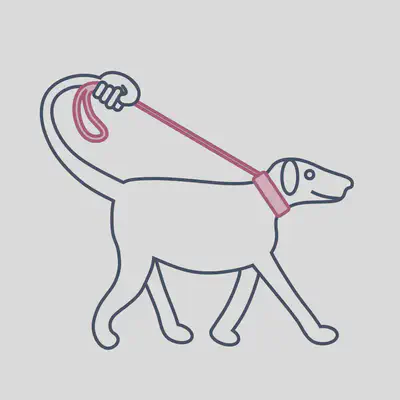Self-nudging

What is the boost?
Self-nudging (Reijula & Hertwig, 2020; Hertwig & Reijula, 2020) is a technique derived from behavioral science that anyone can use to enhance self-governance. Self-nudging involves making simple changes to one’s own personal environment—like keeping cookies at the back of a top shelf to resist sugar cravings, or turning off smartphone notifications when working to a deadline.
Which challenges does the boost tackle?
Many commercial environments are designed to hijack people’s attention and drive their desires. For instance, the modern food environment uses inexpensive, calorie-dense, and nutrient-poor foods to promote excessive consumption. The online world is also rife with traps: Who has not caught themselves emerging from a rabbit hole of Twitter threads after initially intending to simply send a quick message? Self-nudging helps people take control in environments that are designed for profit, not for them.
Which competence(s) does the boost foster?
Self-governance.
How does self-nudging relate to nudging?
Self-nudging is a boost that aims to empower people to design their own decision environments and thus to choose if and how they want to nudge themselves. It applies insights from the nudging approach, but with a crucial difference: In self-nudging the person doing the nudging and the person being nudged are one and the same.
Self-nudging therefore sidesteps several concerns raised against nudging, such as paternalism and manipulation. When policy makers implement nudges, they decide what is good for citizens and introduce measures to guide them in that direction. Citizens sometimes do not even know they are being influenced—a situation that is impossible in self-nudging. Also, nudges are limited because policy makers can only make changes in the public sphere, whereas in self-nudging, people apply the same evidence-based psychological principles to their own personal environment.
Examples of self-nudges
- Use prompts to remind yourself of how you want to behave in situations where you might be tempted to act otherwise: Stick a note to the door handle inside your car reminding you to open the door with the other hand. Reaching over to open the door encourages you to check over your shoulder for approaching cyclists.
- Choose a different framing: Instead of wondering whether to go for a jog or stay in bed, frame the decision as one between health or sickness in old age.
- Use social pressure to increase accountability: Promise a friend that you will wear the jersey of a rival sports team if you miss a work deadline.
- Make things that can harm you less convenient, and make it easier to do the things you want to do: Place unhealthy foods in a box at the back of a top shelf and keep healthier options visible and within reach. Preslice vegetables to make it easier to snack healthily.
- Exploit size enhancements: Use larger plates for healthier options and smaller plates for unhealthier options.
There are also a range of self-nudges that can be used online.
What is the evidence behind it?
The most obvious source of evidence on self-nudges and their effectiveness is the research on nudging interventions. For instance, a meta-analysis has shown that the average effect size of healthy-eating nudges corresponds to a reduction of 124 kcal per day, the equivalent of eight teaspoons of sugar. Self-nudging also draws on empirical evidence from research on self-regulation strategies, self-commitment devices, and implementation intentions.
Key references
- Reijula, S., & Hertwig, R. (2022). Self-nudging and the citizen choice architect. Behavioural Public Policy, 6(1), 119–149. https://doi.org/10.1017/bpp.2020.5
- Hertwig, R., & Reijula, S. (2020). Creating citizen choice architects. Behavioral Scientist. https://behavioralscientist.org/creating-citizen-choice-architects/